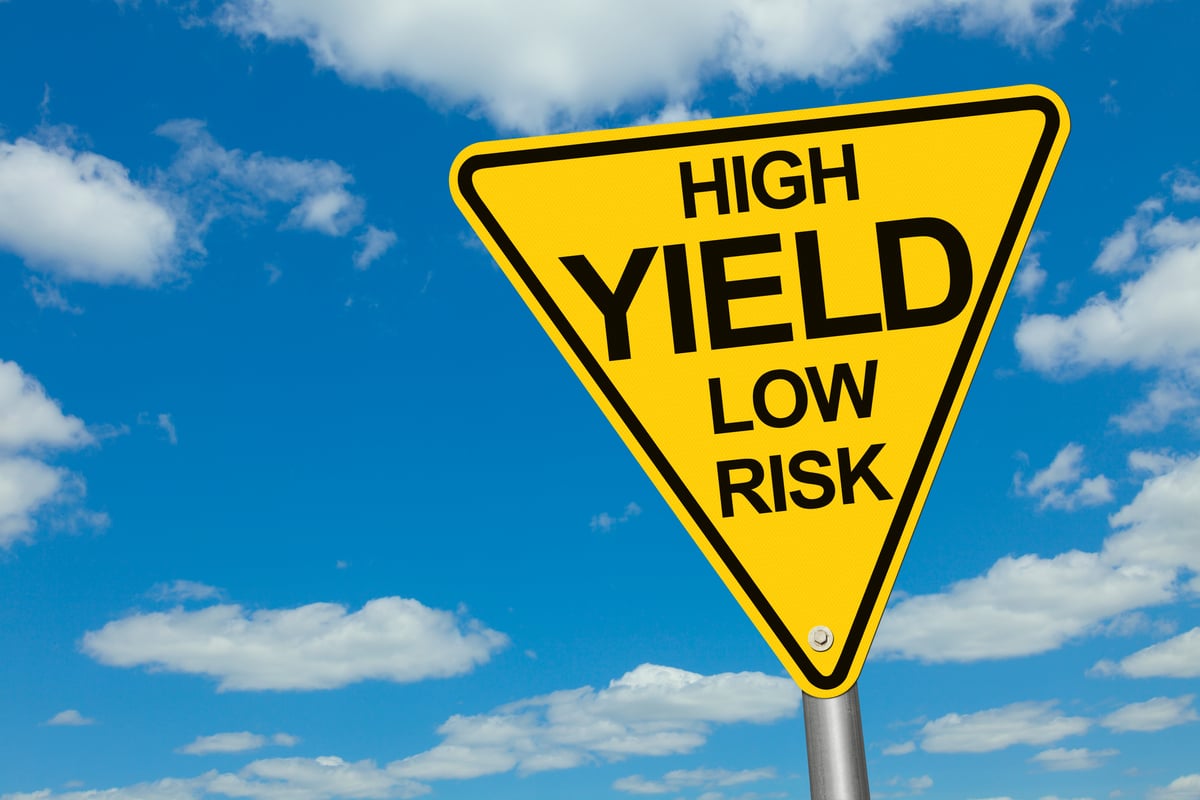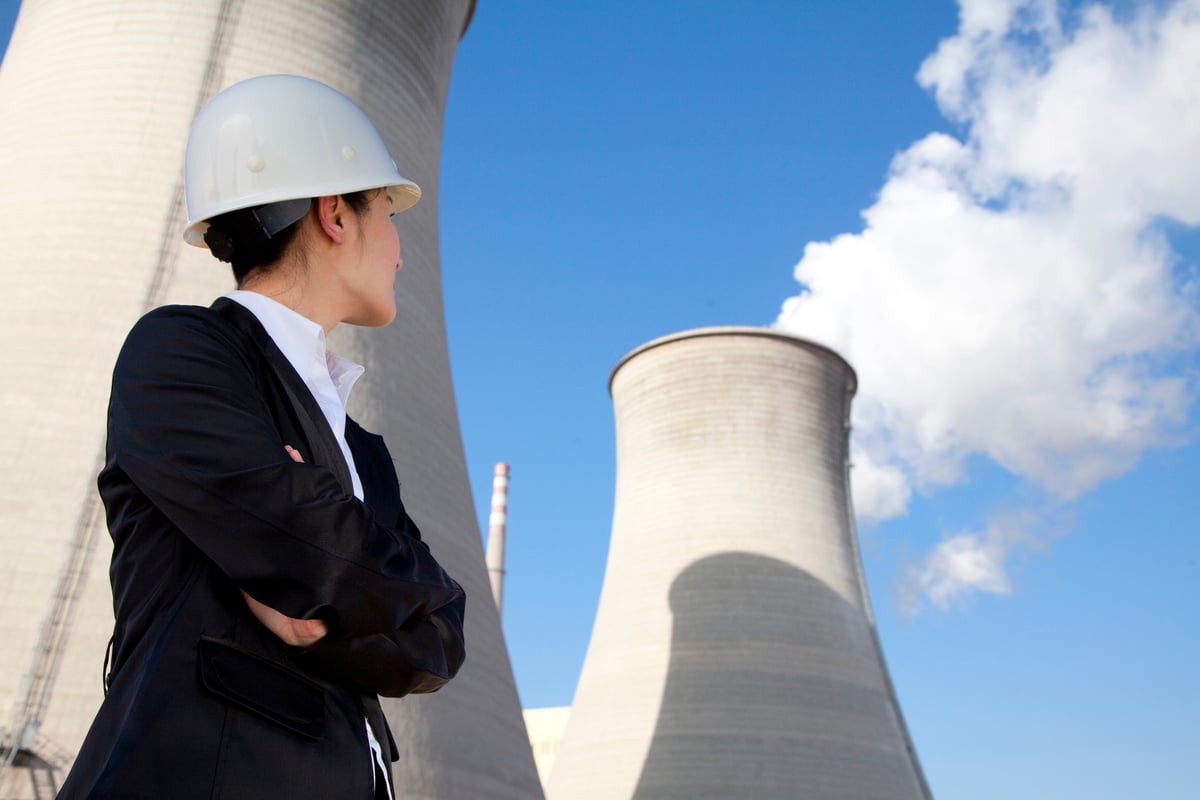Petrobras (PBR +0.72%) is dealing with a number of issues. While it is easy to hope that its production will only stall temporarily, the reality is that there are deep fundamental challenges. Petrobras has bet on growth, and now it is saddled with debt as kinks in its ultra-deepwater operations are worked out and questions about corruption come to the surface. Things get even worse considering that Statoil's (STO +1.10%) majority owner is also its government, and yet Statoil has few of Petrobras' balance sheet and corruption-related challenges.
Petrobras' problems
Corruption is not some small secondary issue. There are questions related to a Houston refinery that Petrobras bought for $1.19 billion that a Belgian oil company had purchased a few years earlier for $43 million. There are also allegations of contractors charging highly inflated rates and other questionable dealings pushing a refinery's construction cost from $2.5 billion to $18.5 billion.
Beyond these issues Petrobras' production growth has stalled. Its total crude and NGL production was 2.11 million barrels per day (mmbpd) in January 2013 and 2.05 mmbpd in March 2014. Flat production would not be a big issue if Petrobras had a responsible capital structure, but it has a high total debt-to-equity ratio of 0.81 while Statoil has a comparable ratio of 0.48.
Additionally, Petrobras' refinery segment posted a loss of $3.1 billion before taxes and finance charges in the first quarter of 2014. The government sets low prices for domestic refined products, and this has a long history of pushing the losses on to the company. There is talk of phasing out the fuel subsidy, but details are scant, and the government is hesitant to raise transportation costs seeing as higher bus fares sparked massive protest in 2013.
The end result is that Petrobras is in a challenging position to deal with future instabilities. If oil prices remain high it should be fine, but if oil prices fall Petrobras' debt will be an issue. It has a big debt load, and its profits are constrained by domestic fuel subsidies. It is spending huge sums of money to bring its new fields online. Net cash used in investment activities rose from $8.2 billion in Q1 2013 to $8.5 billion in Q1 2014. Petrobras does hold promise, but it also holds many risks.
The problems are more than skin deep
Petrobras' problems cannot be chalked up to the fact that its majority owner is a national government. Statoil's majority owner is the Norwegian government and yet Statoil has a lower total debt-to-equity ratio and is on track to bring a number of offshore projects online in its home country with breakeven prices around $40 per boe. Statoil's EBIT margin of 24.8% is also superior to Petrobras' EBIT margin of 15.8%.
Corruption has a big effect on a company, and many times the impact is not known until it is too late. Brazil's ability to control corruption is low, with international estimates ranking it in the 60th percentile while Norway is in the 97th percentile.
Dealing with corruption and a destructive incentive structure is not easy. When a country's power and income are very unequally distributed the masses have little ability to constrain the destructive actions of elites or punish offenders. For this reason there is strong evidence that unequal countries like Brazil will continue having a very difficult time bringing corruption down to Western European levels.
Don't forget the debt
Compared to other integrated majors Petrobras' total debt-to-equity ratio of 0.81 is very high. Total (TOT +0.00%) has a total debt to equity ratio of 0.48 and Chevron (CVX +0.01%) has a similar ratio of 0.15. At the end of the day profits are required to make debt payments. Petrobras' margin profit margin of 7.7% is between Chevron's profit margin of 9.1% and Total's profit margin of 5.1%, but this is only part of the story.
Petrobras' profit margin is encouraging, but France's and America's control on corruption are far above Brazilian levels. The end result is that Petrobras could easily be hiding corruption that will not surface for an extended period of time. Petrobras' profit margin of 7.7% is average, and it is projecting large production increases, but corruption adds another level of risk that is difficult to quantify and could impact Petrobras' profits and ability to service its debt.
Look at Statoil instead
Statoil is majority owned the by Norwegian government, but it has a reasonable debt load, a profit margin of 8.7%, and is backed by a country known for its lack of corruption. At the end of the day the risk-reward equation is slanted in Statoil's favor.








